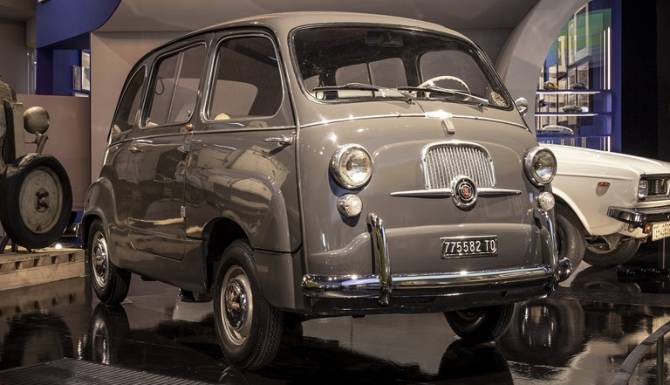
25 November 2019
The Legendary Fiat 600 Multipla Conquers London
FCA Heritage lends one of its prized pieces to the V&A museum: the 600 Multipla stars in the retrospective "Cars: Accelerating the Modern World" The car's presence in the museum’s exhibition is part of the celebration of the 120th anniversary of Fiat
